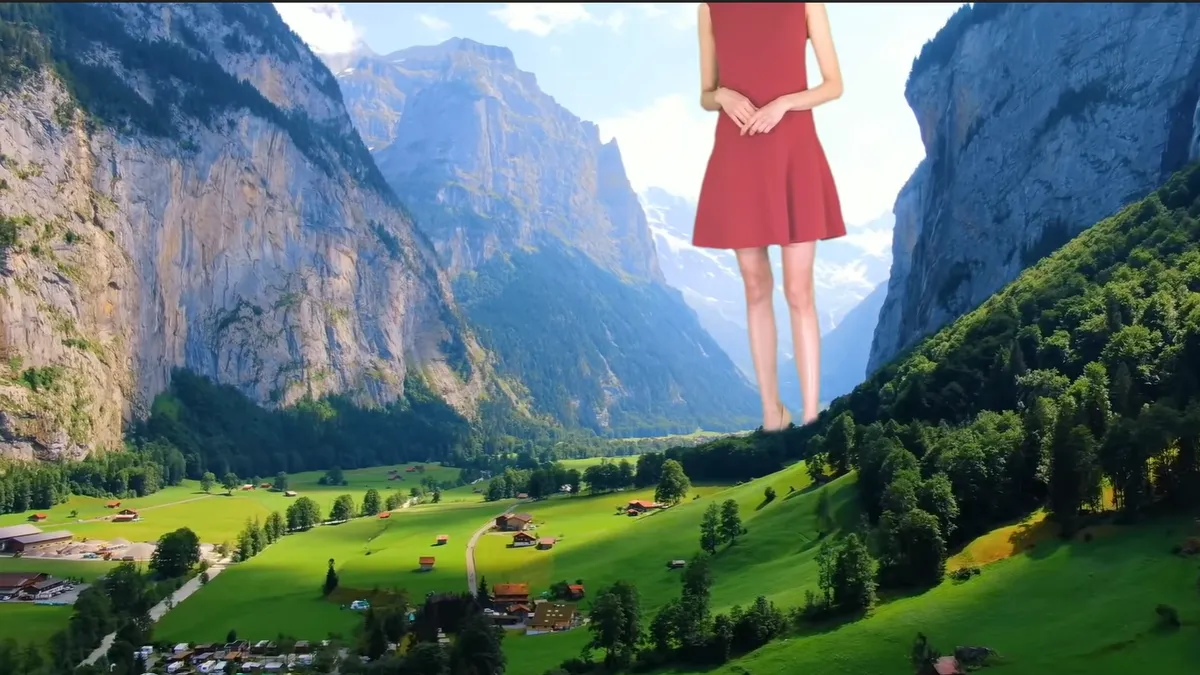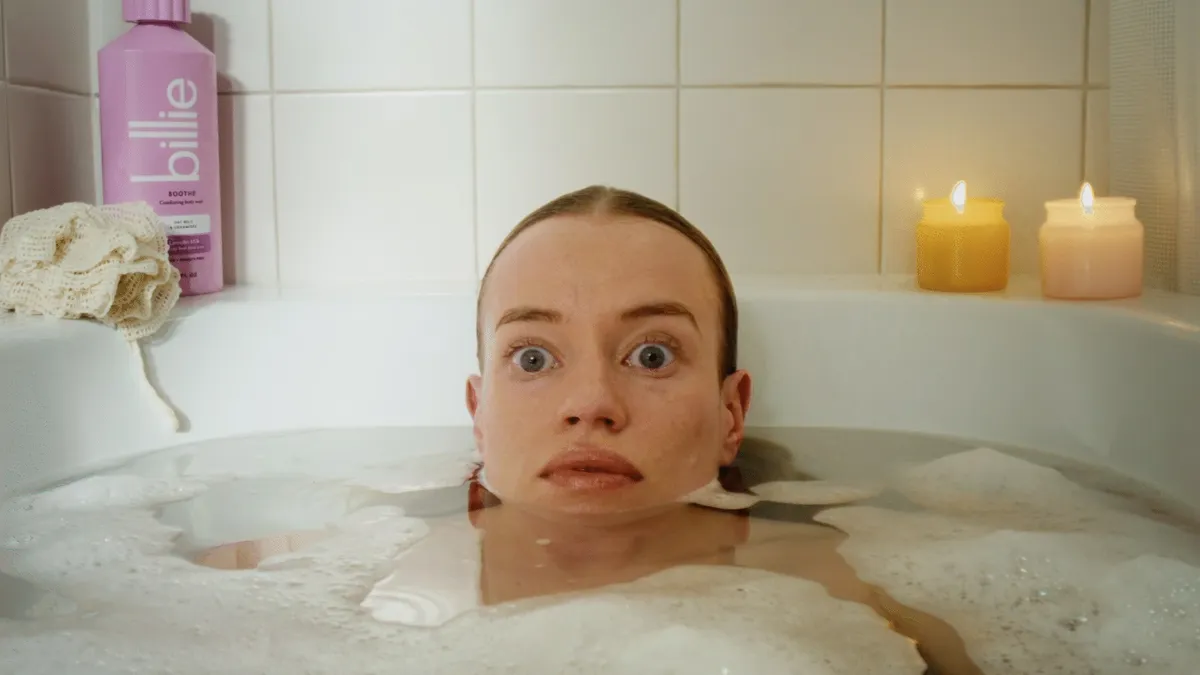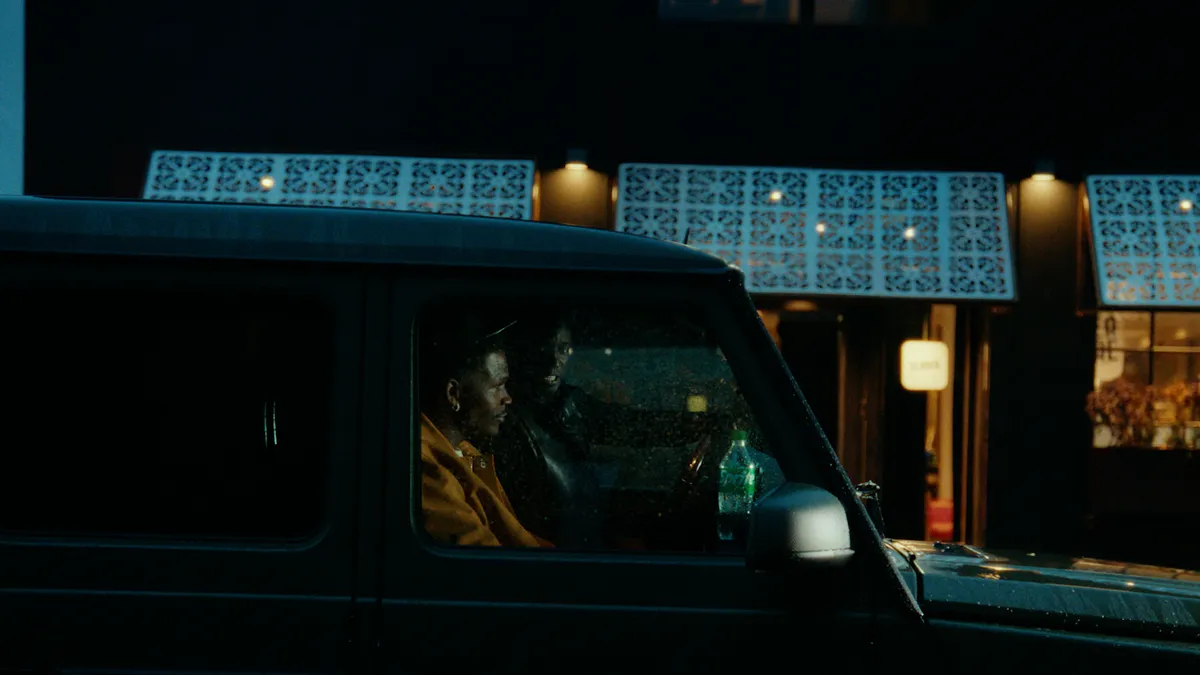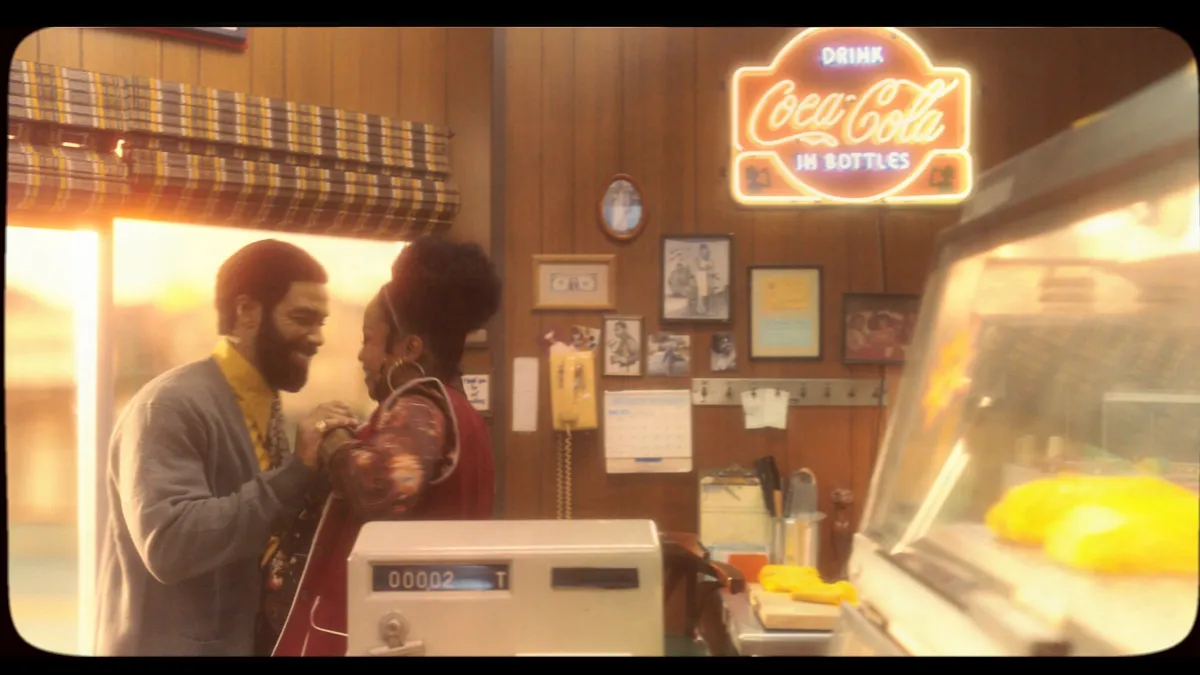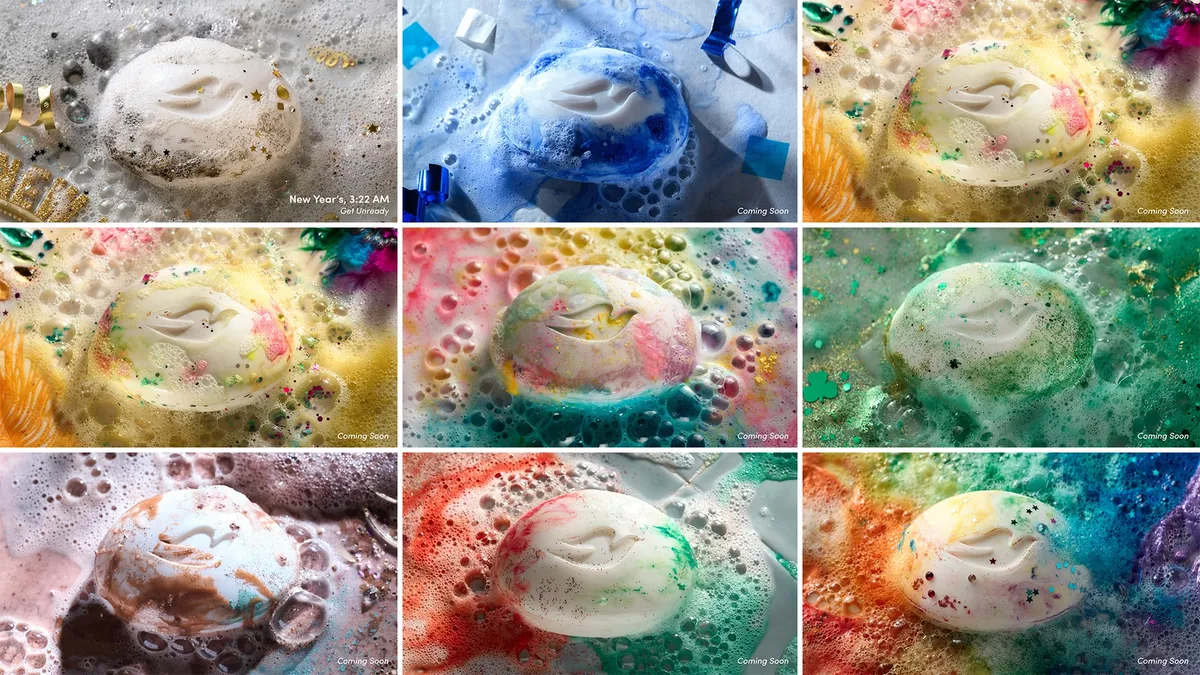Campaign Trail is our analysis of some of the best and worst new creative efforts from the marketing world. View past columns in the archives here.
Brands were forced to face the reality of paused production when the pandemic shuttered studios this spring. Some scrambled to pull their campaigns and scrap together advertisements from repurposed assets or user-generated content. Many ended up with spots that simply felt like lip service to supporting consumers during the health crisis. Adobe, however, opted for action over words with a virtual festival that championed independent filmmakers and illustrated that while most production may be on hold, creativity certainly is not.
Adobe Stock and its agency partner 72andsunny challenged 13 filmmakers to produce short films using only stock footage and the software company's video editing tools. A timeline of just five days further illustrated how producing captivating content is possible without big budgets, months of lead time or freshly shot footage, and can actually help creativity flourish, the agency's Creative Director Tim Bateman said.
"The device of the film festival was really to showcase how any restrictions put on creativity just allow creativity to flow in different ways," he said.
The 13 short films omit any mention of the brand, making them feel less product-focused than a typical advertisement. But being spliced together with solely Adobe Stock footage, the films showcase the capabilites of Adobe products.
"The power of this idea is that this literally is the product, made with just Adobe editing products and stock footage. This [software suite] exists as a way for creatives to tell their stories," 72andsunny Creative Director Lauren Smith said. "In a way, this is actually more about the product than any product-focused advertising we could ever do."
Let creativity flow
In mid-March, Adobe had just started rolling out its spring campaign that featured visuals of the outdoors, traveling, festivals, communal dining and everything one might expect to see leading up to warmer weather. The brand and 72andsunny quickly paused that effort and swapped it out with the virtual film festival in four weeks following a survey that showed higher demand for Adobe Stock assets during the pandemic's early days, Adobe Stock's Global Marketing Director Patty Nozato said. However exhausting, the time-crunched pivot served as an exercise in developing marketing material in near real time.
"We're so used to developing campaigns months out, but we've seen in the past five months that there's a need to be timely and agile, which is changing the mindset of how you create," Nozato said.
Adobe's film festival, which streamed on Facebook Live in July, aimed to celebrate the shift seen by the brand's executives as other marketers and its own creative community explored new approaches to innovation. The 13 full films are now available on the brand's Creative Cloud YouTube channel and across Adobe's owned social accounts. In some ways, parts of the campaign parallel the concept behind influencer marketing, where creators are given a trial product before sharing content with their social networks.
"We're using our target demographic to then reach our target demographic," Smith said.
A more formal influencer series kicks off next week in partnership with Epidemic Sound, covering different aspects of filmmaking, from tips on storyboarding to drafting a shot list or syncing visuals with audio, according to Nozato.
'Don't make it marketing'
Underpinning the film festival and broader campaign was Adobe and 72andsunny's ability to give up nearly all creative control. Each of the filmmakers were given just a handful of restrictions — no nudity, violence or profanity — but otherwise had free reign to produce a story of their choosing.
"If this was really going to be about 'now is the time for creativity,' we needed to get out of the way and let them do their thing. Most of the work we did was setting up the scaffolding by giving them the Adobe resources," Smith said. "It's a beautiful and rare opportunity for us to give people a kernel of something and watch what they come up with."
The strategy of leveraging nonbranded video fits into Adobe's broader marketing strategy. Last year, its Creative Cloud business similarly removed itself from an 11-minute cinematic clip created with ad agency Pereira O'Dell, RSA Films and actor-director Zach Braff of "Scrubs" TV fame. "In the Time it Takes to Get There" parodied today's social media influencers through the lens of a 19th century star who is fed up with posting selfies and hawking products she hates.
Both campaigns tap into a "show, don't tell" approach that lets Adobe products speak for themselves through nonbranded video. Stepping back to give others freedom to create meaningful work embodies the brand's core purpose of providing digital resources that empower creatives, according to Bateman.
"Let it be creativity; don't make it marketing," he said.
Shunning rigid key performance indicators and specific goals that are typical to marketing campaigns can extend freedoms and help to amplify creativity, especially in unique times like the coronavirus pandemic, according to Nozato.
"The film festival really gave me an appreciation for the spectrum and level of sophistication around what creatives can do with stock [footage] in such different ways," Nozato said. "It's humbling to see how creative people can be and how sharing and giving they were of their raw emotions through personal stories that had nothing to do with Adobe."



